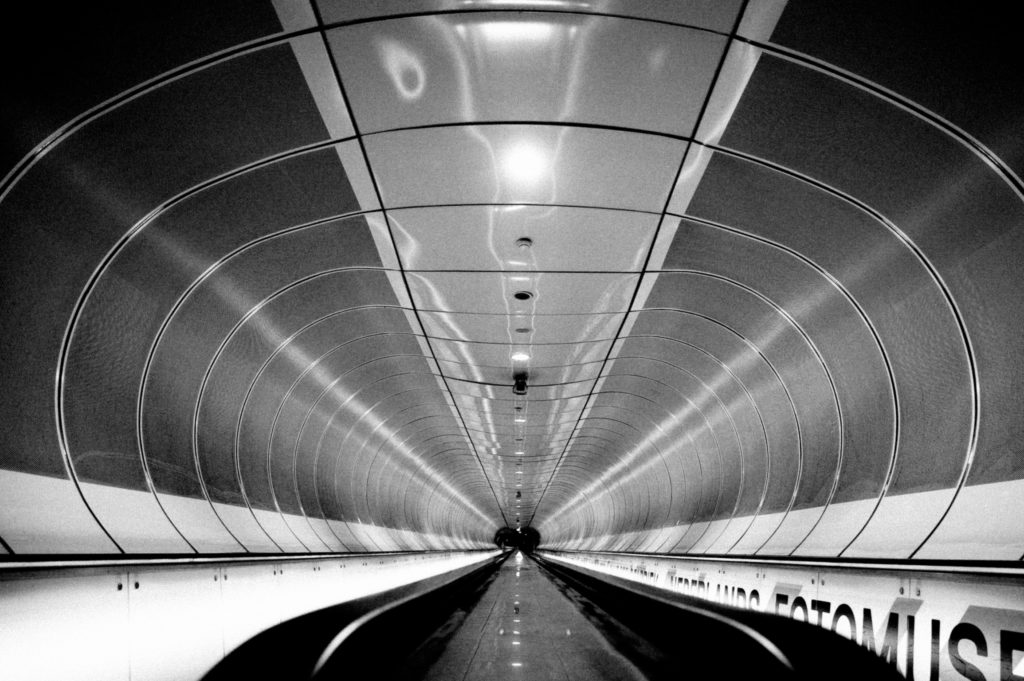
1. Future City = City of Today?
Cities change very slowly – except in the rare cases when they don’t. Today’s urban environments are shaped more by the nineteenth and twentieth centuries than most of us realise – except for the few new cities of course.
The city of the future will look a lot like the city of today – but it will work very differently. The urban economy will probably be quite different, and the way cities and services are organised will be quite different.
2. Efficiency – the safest prediction
The Future City will be a lot more energy efficient, and produce much less carbon and waste – and those changes will reshape transportation, logistics and much of the underlying economic logic of urban spaces.
We will increasingly look at neighbourhood efficiency and individual building efficiency – this focus will primarily be driven by regulation and not by people/citizens/residents.
3. Place and space
Place and space will actually be even more important than they are now – the quality of the built environment – architecture, retail, streets, services – will be a key thing attracting people to some cities, and driving them away from other cities.
4. Retail change
Retailing will be very different – it will either be very focused on price and convenience, or very focused on consumption and the urban/shopping/style experience.
5. Neighbourhoods
If cities are to be successful, neighbourhoods will be even more important than ever. Destination marketing will be a key factor separating the successful from the less successful neighbourhoods and cities.
6. The importance of ‘authenticity’
Authenticity is one of the key drivers of post-modern society, of work, of leisure and of consumption. People will want even more ‘authentic’ experiences – to be in what they think are real, local environments – even while they’re simultaneously connected to a wider technological networked world.
Now what is actually authentic will of course change – our definitions of ‘authenticity’ tend to refer to one, single, cherry-picked slice of time and often don’t really reflect what places used to be like or how they used to work. But people will want things and experiences that seem to have some combination of heritage, style and experience.